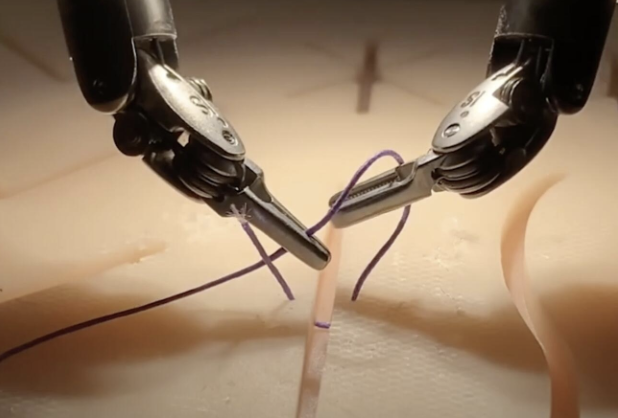Liberate Creativity Through Micro Innovations

The notion of innovation often feels daunting. We conjure up visions of Edison's light bulb or Ford's assembly line, and deem true innovation to be the realm of the extraordinary few: the billionaires, eccentric inventors, corporate giants, and geniuses.
However, the bulk of human advancement is shaped more modestly. It's the small, yet clever adjustments—what we term 'micro-innovations'—that frequently prevail. These incremental changes, though minor, collectively result in substantial impacts. Consider a revised approach to your weekly sales briefing, a reconfigured shop floor, an innovative interview format, or a fresh strategy for handling customer grievances.
Take the team at Proctor & Gamble. In the fiercely competitive $7 billion detergent industry, they didn't concoct a new wonder detergent. Instead, they introduced Tide Pods—a simple change in packaging. This allowed consumers to use a pod instead of measuring detergent from a bottle, leading to a remarkable $500 million in sales in the debut year.
The allure of transformative breakthroughs is undeniable, but the true essence of excellence lies in incremental 'everyday innovation.' We often burden ourselves with the notion that we must either innovate on a massive scale or not at all. Such pressure can stifle creativity. However, micro-innovations are within everyone's grasp. Regardless of position, experience, age, or qualifications, we can all forge innovative solutions that drive genuine advancement. Thus, innovation should be a routine practice, not an intimidating concept reserved for a select few.
Completely upending your industry might seem insurmountable, but consider what minor innovative changes could be beneficial. Inject creativity into your offerings, operations, culture, sales, marketing, hiring, client relations, and administrative procedures. While these micro-innovations may not grab headlines, they can significantly enhance your performance and are often highly enjoyable. Approach your responsibilities as an artist might, adding just a hint of creativity to even the most routine activities. Shift the focus from discovering monumental breakthroughs to generating a steady stream of micro-innovations. Each may be minor in isolation, but collectively, they can lead to far from negligible results.






